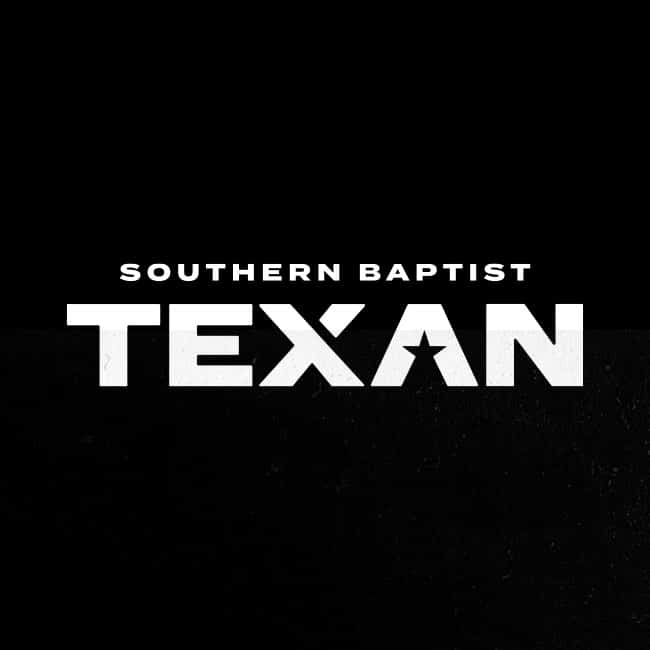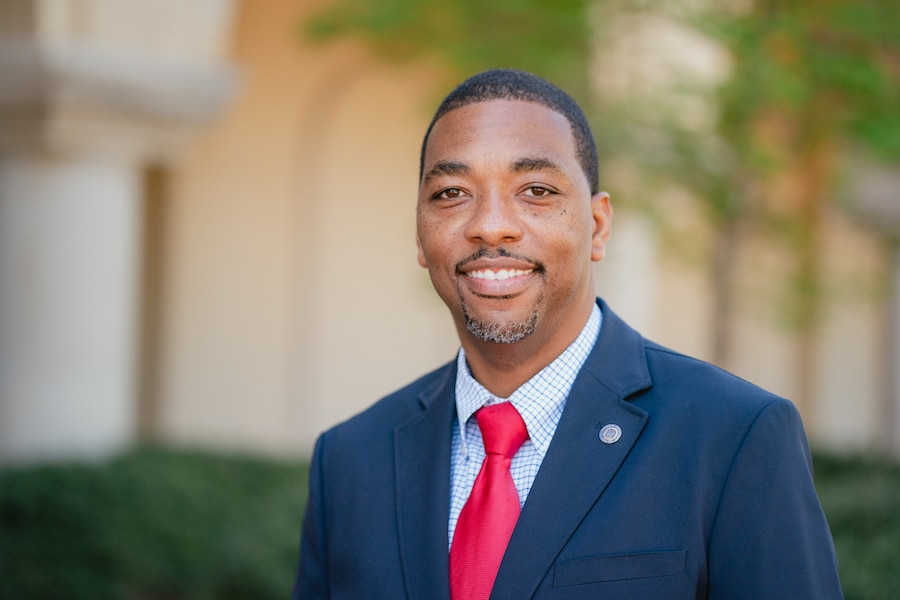Last fall, the Southern Baptists of Texas Convention’s disaster relief ministry shifted into high gear following Hurricane Katrina, which devastated New Orleans in August after flood levees broke, and then in September Hurricane Rita, which battered the Texas Gulf Coast and deep East Texas many miles inland.
Since then, former SBTC Disaster Relief Director Gibbie McMillan left for a similar position with the Louisiana Baptist Convention. Jim Richardson, who spent 10 years in disaster relief ministry at the Georgia Baptist Convention, joined the SBTC staff last spring.
The Southern Baptist TEXAN interviewed Richardson and Robby Partain, SBTC missions director, about the state of SBTC disaster relief ministry.
TEXAN: What has changed in the SBTC’s disaster relief ministry since last fall?
RICHARDSON: The very first thing we did was develop a leadership team. We have two people, Scottie Stice and Larry Shine, leading our clean-up and recovery units. Scottie is leading the mud-out portion, and Larry is leading the chainsaw crews. And they have developed a training school for those who volunteer in that area. John Hooser is our task force director in the feeding ministry. The first order for that is to develop a feeding unit that will be able to produce up to 40,000 meals a day. There is special equipment that we have to do this and can easily be divided when we have two smaller disasters working at the same time.
Across the state we have conducted practice runs at First Baptist Church, Pampa and at First Baptist, Pflugerville, demonstrating to volunteers how the equipment works and feeding people with Mike Northen of First Baptist Church Pflugerville helping, with public safety and government officials present.
We are now working to produce some smaller feeding units with churches across the state. We’d like to see five small units that are capable of doing about 5,000 meals able to work smaller disasters such as tornadoes or flooding. We don’t need a mega-unit but a smaller, quick-response unit for these types of situations. So we’ll be working to identify those churches that wish to partner with us in that.
Darryl Cason is our director of chaplaincy. We are working with Mike Northen to purposely enlist bilingual pastors and SBTC church members so we can have bilingual chaplains in the field.
PARTAIN: From a management perspective, I think the two most important things that Jim has done has been to provide a systematic approach to when we do training–especially in the first half of the year because the second half is often deployment intensive–and how we do training. Plus, up to this point there’s basically been two levels of DR management. There’s been the SBTC office and there’s been volunteers in the field. What Jim has done is develop this task force with these key DR leaders who are over segments of our DR ministry. He’s created a new level of management with key volunteers who are leaders of leaders out there in the field. We have a much better ability to train people in a consistent, systematic way and we have a much better way to manage units and deployment of units and training of different types of units because of the leadership task force. That gives greater capacity to train people and to deploy various types of units.
TEXAN: How many trained SBTC disaster relief volunteers are available?
RICHARDSON: About 1,800.
TEXAN: Is there a stereotypical disaster relief volunteer?
RICHARDSON: You’d be hard pressed [to find one]. They range from pastors to the guy who sits in the pew every Sunday, And not just men. Men and women. The way to describe our typical volunteer would be a Southern Baptist church member between the ages of 18 and 75, male and female, willing to do whatever it takes to get the job done.
PARTAIN: Some of the volunteers we’ve trained in the past have come from churches not affiliated with the SBTC. But if they are Southern Baptists, they are welcome to serve alongside us. In fact, some who are from churches not affiliated with us have chosen to work with us in DR.
TEXAN: What is planned for involving the SBTC in Project NOAH (New Orleans Area Hope), a Southern Baptist effort to help rebuild New Orleans.
RICHARDSON: We are working with the North American Mission Board and the Baptist Association of Greater New Orleans (BAGNO) in partnership to develop a one of New Orleans where SBTC will work with local pastors and NAMB to do three things: disaster relief, including clean-up/recovery and rebuild; and also church planting and re-planting; and personal and event evangelism. This process will take place over two to three years.
PARTAIN: We’re looking at working in one of the major inner city zones there adjacent to New Orleans Seminary. Our focus will be to work with the Southern Baptist churches in that sector. It won’t be that we are responsible for everything that needs doing in that sector of New Orleans, but we are going to work with those churches to make sure that the main ministry outcomes that those churches need, in working with NAMB and the association, are accomplished. Our main role will be to connect teams rom SBTC churches with the work project in those zones.
TEXAN: The SBTC has worked with the Red Cross and Salvation Army in feeding. Will that still be the case even though the convention has its own feeding capability?
RICHARDSON: We have written statement of understanding with the Salvation Army and the American Red Cross, basically a working relationship. What this equipment does is it gives us an added opportunity for ministry when we respond to a disaster when Salvation Army or Red Cross aren’t going to be there.
PARTAIN: And we can get there faster now. We did have some issues where we had to wait on Salvation Army to get equipment there. We no longer have to wait on equipment.
RICHARDSON: Our goal is to be able to respond to any disaster in Texas within 12 hours.
TEXAN: How would you characterize the gospel aspect of disaster relief ministry?
RICHARDSON: My philosophy of ministry is to be local-church driven. And I think from the very outset to realize that we depend on local churches for volunteers and support. And we want this ministry to relate back to a local church. Our goal, very simply put, is to assist the local church in being successful in disaster relief ministry and doing whatever it takes for that. In doing that, we want to deploy to a local church where people will come to a local Southern Baptist church to be ministered to. Then they’ll know they went there and got help. When we leave, we want to be able to refer people we’ve made contact with to that local church for follow-up and to go in after the disaster is over and help the local church with evangelistic outreach.
PARTAIN: From the standpoint of the missions team overall, our mission is to help churches plant new churches and mobilize for missions in Texas and beyond. So I view disaster relief as a specialized type of missions mobilization. We want churches that sense a call to DR to embrace it as part of their missionary. Acts 1:8 strategy for their church. When they deploy disaster relief volunteers, they’re deploying missionaries who are going not just to cut up trees or clean out structures or serve meals. Those are all a means to carry out the missional commission that all churches have to make followers of Jesus Christ.














